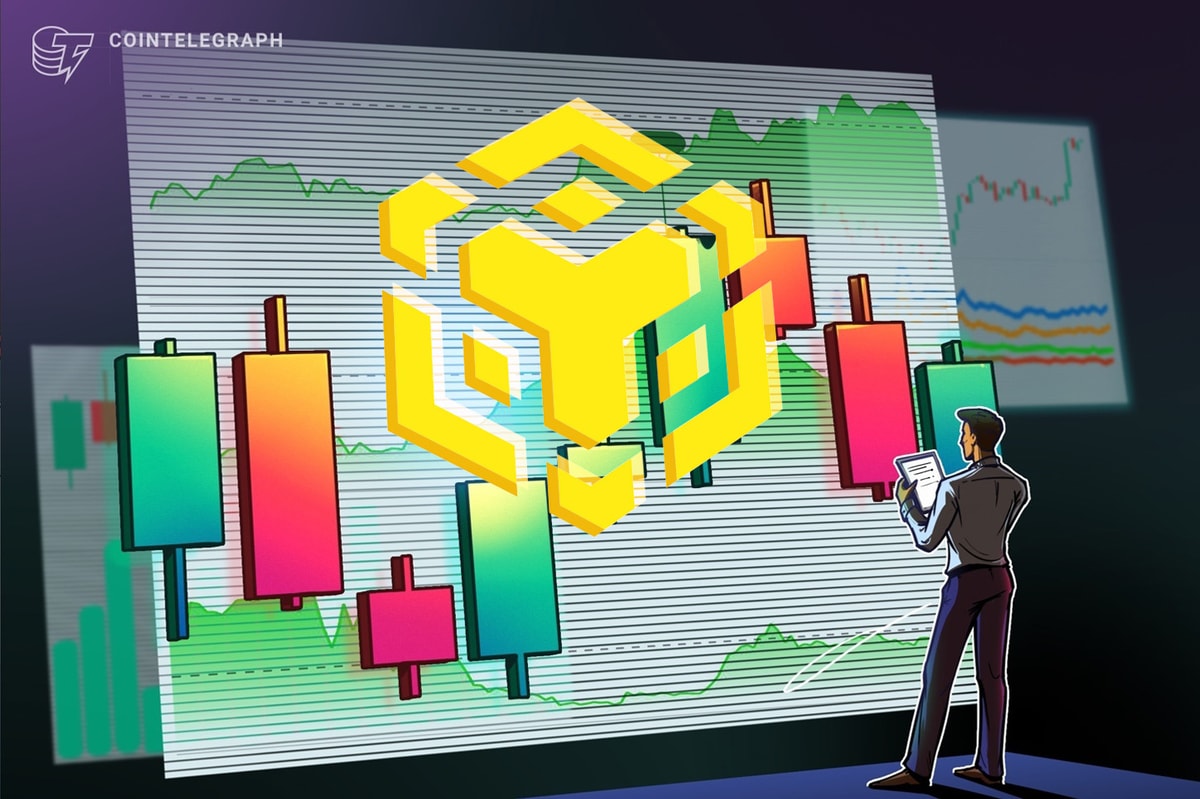India has once again secured the top spot in the global digital asset adoption rankings, marking its second consecutive year as the undisputed leader, according to blockchain analytics firm Chainalysis. The world’s most populous country outperformed all others across key metrics, including centralized retail services, institutional activity, and decentralized finance (DeFi) usage, underscoring its dominant and expanding footprint in the global digital asset landscape.
- India, U.S. driving crypto adoption
- Asia fuels global crypto shift
- Youth and talent power
- Growing adoption amid hurdles
- Investors pushing for guidelines
Meanwhile, the United States surged ahead in the rankings, climbing from fourth to second place, the Chainalysis’ 2025 Global Crypto Adoption Index stated. This significant leap is attributed to a surge in institutional involvement and clearer regulatory frameworks, which have collectively accelerated mainstream digital asset adoption nationwide.
Chainalysis emphasized that India and the U.S. are now setting the pace for global digital asset adoption, while the Asia-Pacific (APAC) region continues to rise as the epicenter of grassroots-level engagement with digital assets. The report points to increasing usage of ‘cryptocurrencies’ in cross-border remittances, stablecoin-based dollar access, and mobile-first financial services, especially across developing economies, as key indicators of this accelerating trend.
“Chainalysis isn’t measuring just Indian-exchange volumes; it weighs on-chain activity by purchasing power and attributes flows by web traffic across centralized exchanges and DeFi. On that lens, India shows up as deeply active across the board—retail, DeFi, and even large institutional transfers—and this year India actually ranks number 1 in all four sub-indices, not just one,” Rohan Sharan, founder of Timechain Labs, told CoinGeek. Timechain Labs has been educating developers and channeling talent into the BSV blockchain ecosystem.
India’s current approach to digital assets is one where the sector is heavily taxed but largely unregulated. The world’s fastest growing major economy imposes one of the harshest taxation on digital asset trading—a 30% flat tax on all digital currency income with no provision to offset losses, a 1% TDS on all transactions above Rs 10,000 ($113), and 18% Goods and Services Tax (GST) on trading fees.
The tax burden is significant, according to Sharan, and it has undeniably dampened visible spot trading within India. But instead of walking away, the market adapted. Activity shifted to offshore exchanges, peer-to-peer channels, and derivatives trading. These flows still appear as Indian-origin in Chainalysis’ country data, and there’s now a clear preference among local users for futures over spot trading.
“What keeps India on top is utility and scale: stablecoins for saving and settlement, cross-border commerce, and remittances. Chainalysis’ own breakdown shows stablecoins anchoring global flows and APAC leading with 69% year-on-year (YoY) growth, with India as a prime driver. In short, adoption didn’t vanish; it changed shape,” Sharan pointed out.
“If policymakers want that activity to re-onshore visibly — without losing oversight — the fixes are straightforward: trim 1% TDS to a low ‘traceability fee,’ allow loss offsets, and fast-track a narrow, payments-grade stablecoin framework akin to prepaid instruments. That aligns with India’s policy stance, protects consumers, and keeps the innovation here at home,” Sharan added.
APAC ‘crypto’ surge also driven by India
The APAC region, particularly, saw explosive growth over the past year. According to Chainalysis, between June 2024 and June 2025, on-chain transaction volume in the region soared by 69% year-over-year, reaching a staggering $2.36 trillion, up from $1.4 trillion. This surge was largely driven by heightened activity in countries like India, Vietnam, and Pakistan, signaling not only robust regional momentum but a shift in the global center of digital asset gravity toward emerging markets.
“Attempts to suffocate the sector through taxation and compliance hurdles have only pushed activity underground or offshore rather than eliminating it. Traders have migrated to global exchanges, peer-to-peer (P2P) networks have proliferated, and DeFi protocols have become the new rails for transactions,” Raj Kapoor, founder of India
Blockchain Alliance (IBA), told CoinGeek.
“Far from discouraging participation, the hostile environment has created resilience, with grassroots adoption spreading beyond [metropolitan cities] to tier-2 cities and even rural belts. Crypto in India is no longer a niche: it is mainstream, albeit unacknowledged by the regulatory establishment,” Kapoor pointed out. “The global integration of Indian developers, Web3 startups, and knowledge networks ensures that innovation continues, even if the domestic climate remains hostile. This proves that adoption does not necessarily follow regulation—rather, it often follows demand.”
India’s ‘crypto’ adoption to surge even faster
India’s dominance in global digital asset adoption is driven by several powerful structural forces that give it a decisive edge. The country boasts one of the largest and most active pools of tech talent worldwide. This deep bench of skilled professionals is accelerating grassroots innovation across DeFi, Web3, and the broader digital asset ecosystem. Coupled with a tech-savvy, entrepreneurial youth population, India’s unique combination of talent, access, and digital fluency is propelling it ahead of global competitors, even as regulatory uncertainty remains a challenge. The momentum shows no signs of slowing, positioning India as a driving force in the next wave of global digital asset growth.
“India is home to one of the world’s largest pools of technical talent, with over 17 million active software developers on GitHub alone and millions of engineering graduates each year, fueling grassroots innovation across DeFi, Web3, and digital assets,” Avinash Shekhar, co-founder of Pi42, a digital asset exchange, told CoinGeek.
“The rapid rise of affordable smartphones and drastically expanding internet penetration into tier 2 and tier 3 cities has increased tech awareness, enabling crypto adoption to reach beyond metros into the broader population. Combined with India’s digitally native youth and entrepreneurial mindset, this unique mix of talent, access, and awareness ensures India continues to outpace global peers even amid policy headwinds,” Shekhar added.
Despite regulatory ambiguity and steep taxation, digital asset adoption continues to surge, fueled not by ideal conditions but by powerful cultural and demographic forces. In a country of over a billion people, where the majority are under 35, the appetite for new technology is insatiable. This youthful, digitally curious population is propelling adoption forward at a pace that defies conventional barriers.
Initial exposure through centralized exchanges ignited interest, but its community-driven momentum and rapid peer-to-peer influence are now accelerating the trend. Once users enter the space, adoption spreads quickly through social circles, online forums, and local networks.
India’s developers and entrepreneurs are particularly resilient. Faced with regulatory friction and high entry barriers, they don’t slow down: they adapt. They take global concepts and re-engineer them for local needs, stripping away complexity and designing intuitive, accessible tools. These constraints are not seen as roadblocks: they are catalysts for innovation.
“Regulatory uncertainty and high taxes haven’t slowed India’s momentum because adoption here is driven by culture and demographics, not perfect conditions. With over a billion people, most under 35, India is one of the youngest and most tech-hungry markets in the world, and we’ve only scratched the surface. Early centralised exchange on-ramps created curiosity, and once people engage, community and word-of-mouth spread adoption at remarkable speed,” Nischal Shetty, co-founder of Shardeum, a decentralized layer 1 blockchain.
“India’s builders thrive under pressure, remixing global ideas, simplifying UX [user experience], and innovating around constraints. Harsh rules don’t stop them; they accelerate creativity. In the next few years, as Indian entrepreneurs focus on this massive, underserved market, adoption will surge even faster, turning India into one of the most dynamic growth stories globally,” Shetty pointed out.
Digital assets deeply rooted in India’s financial system
India’s sustained dominance in digital asset adoption, even amid regulatory uncertainty and burdensome taxation, is not contradictory. It is a clear signal that digital assets are no longer fringe: they’re becoming embedded in the fabric of India’s financial future.
For everyday users, digital assets are bridging the gap left by traditional finance. With limited access to global investment opportunities, many are turning to digital assets as a more inclusive and accessible alternative.
“India’s continued leadership in crypto adoption, despite taxation and regulatory limbo, is not a paradox: it’s a reflection of how deeply rooted digital assets have become in our financial ecosystem,” Manhar Garegrat, country head of Liminal Custody, a custody and wallet infrastructure platform, told CoinGeek.
“For retail users, crypto is offering accessible alternatives to traditional investment methods, especially in tier-2 and tier-3 cities where access to global financial markets is limited. For institutions, blockchain is being stress-tested for everything from cross-border payments to tokenized assets,” Garegrat pointed out. “The tax ambiguity might have pushed traders to the sidelines, but it has not stopped our talent pool, like builders and developers. In fact, it has filtered the ecosystem, leaving behind more committed participants who see crypto not as a “get rich quick” instrument but as a critical infrastructure for the future of finance.”
93% of Indian ‘crypto’ investors demand clear regulations: survey
Digital asset exchange, Mudrex, recently surveyed over 9,000 Indian investors, which revealed a powerful, urgent message: the digital asset community is informed, engaged, and eager for clarity, but held back by policy uncertainty. The data shows that 93% of respondents agree that crypto needs regulation. Among them, 56% advocate for comprehensive guidelines, 24% prefer light-touch oversight, and 13% want rules focused solely on taxation.
Half of all survey participants believe India needs a dedicated digital asset regulatory body, highlighting the demand for specialized governance. Eighty-four percent say the current tax structure is unfair, especially compared to traditional asset classes.
“The 30% flat tax on gains, combined with the inability to offset losses, discourages participation for both small and large investors. For younger Indians under 35, who often trade with smaller amounts, this tax bites hardest,” the Mudrex survey report stated.
About 64% view digital assets as a pathway to long-term wealth creation, showing a shift from speculation to strategic investment. Nearly 90% of investors would increase their crypto exposure if regulations were clearer and more supportive, a major opportunity for policymakers to unlock capital and innovation.
“These numbers paint a clear picture: Indian investors are ready, informed, and thinking long-term,” Edul Patel, co-founder of Mudrex, said in a LinkedIn post.
“What’s missing is clarity. A segment-specific regulatory approach is the only way to balance investor protection with industry growth. The right regulations won’t hold us back. They’ll push us forward and scale adoption,” Patel added.
Watch: India is going to be the frontrunner in digitalization

















 English (US) ·
English (US) ·